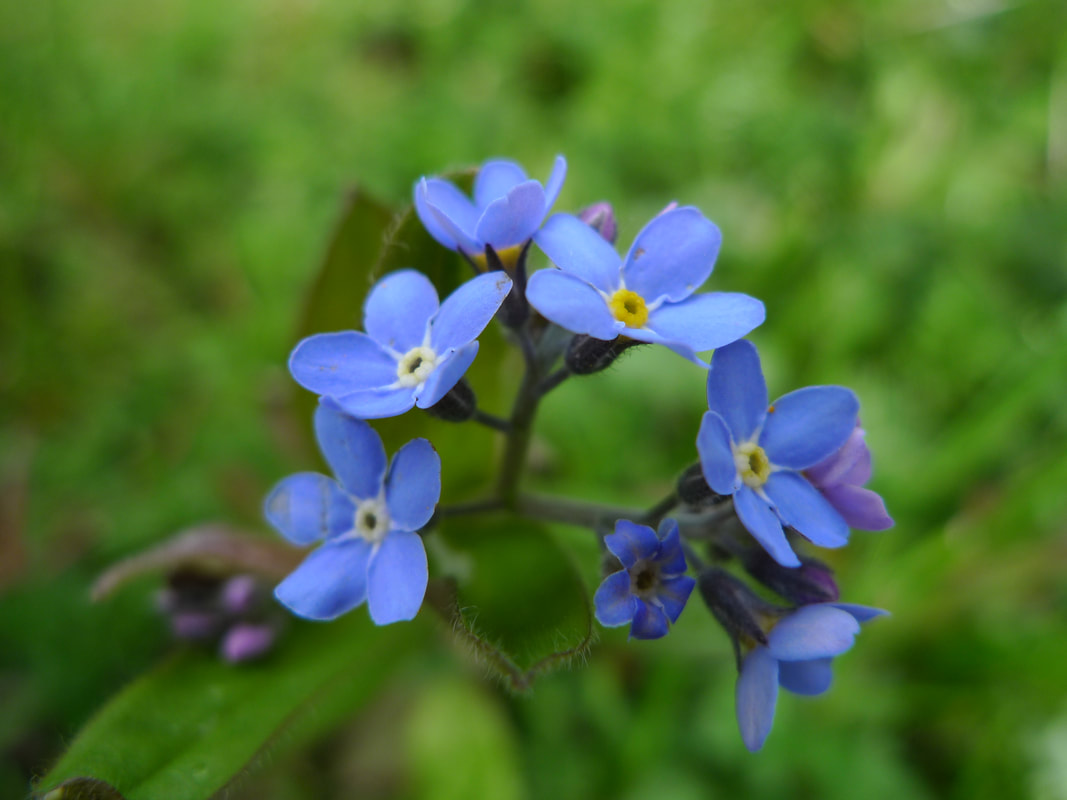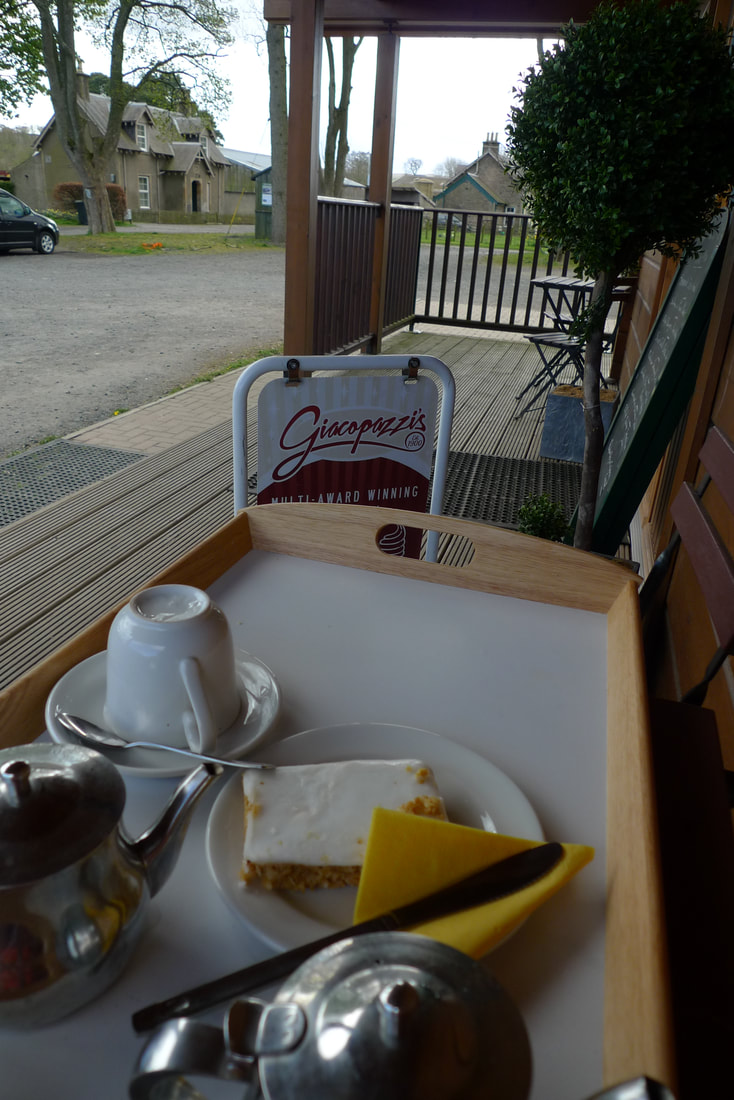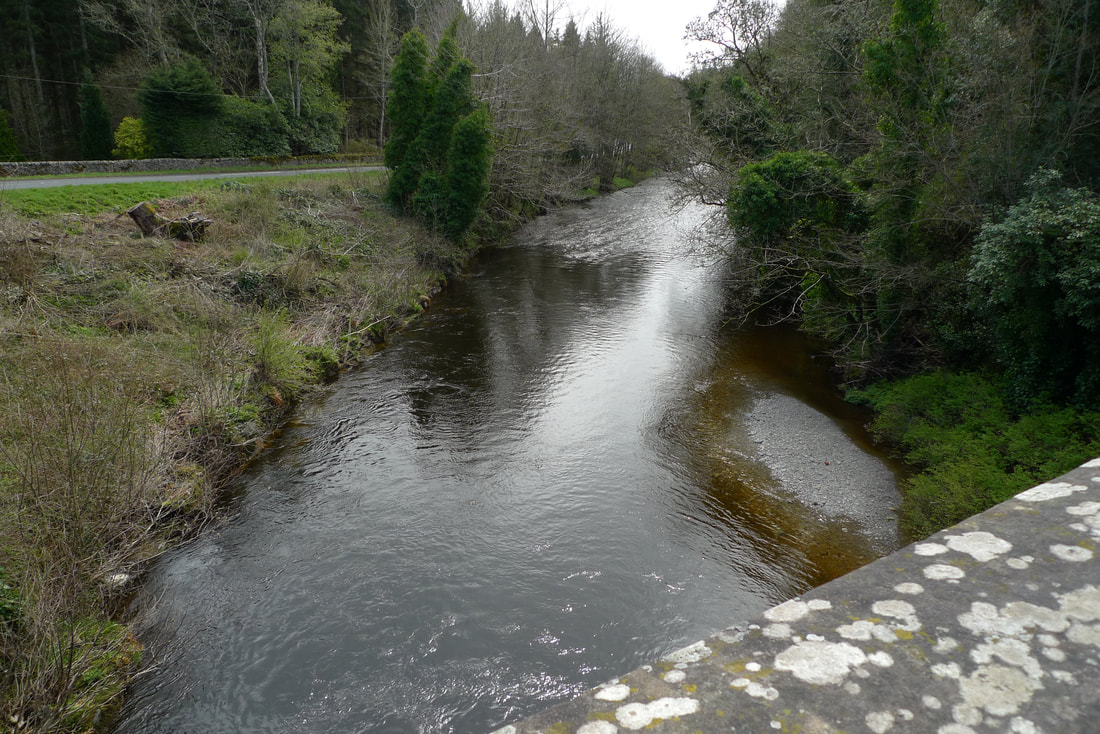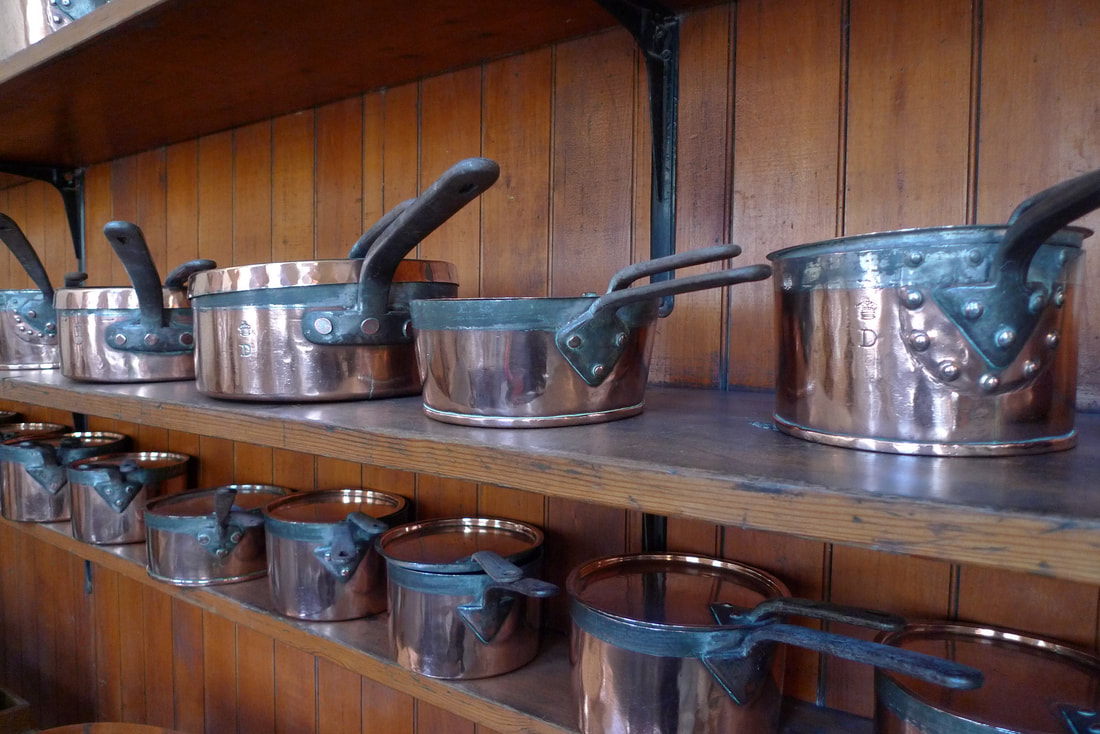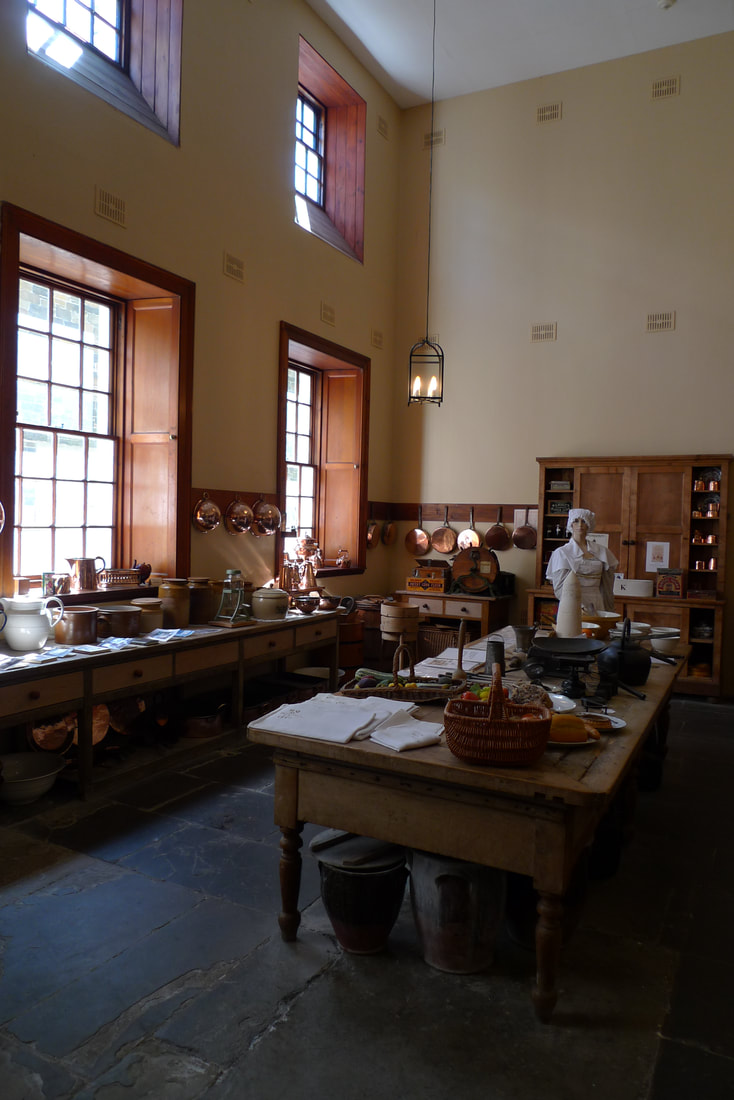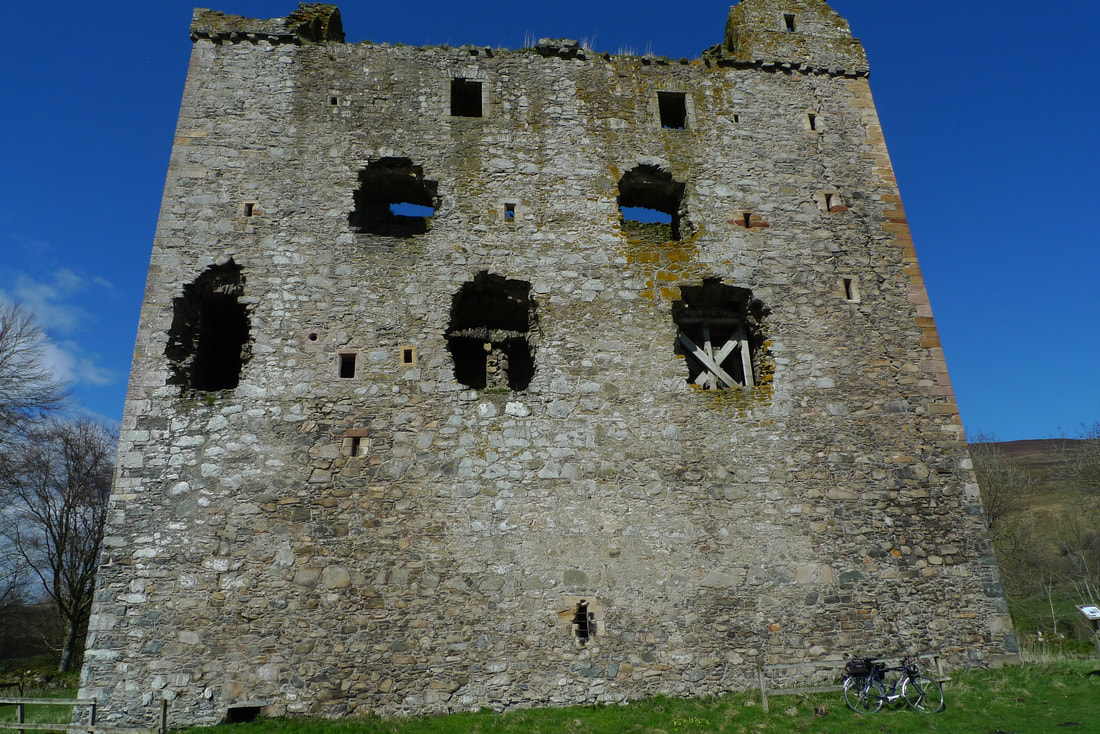|
Highlights of this cycle route:
Distance: Around 9 miles one-way, 18 miles return. Terrain: Mostly tarmac cycle paths, some A and B roads that have low traffic volume. Mostly flat. Getting there: Train to Tweedbank, around one hour from Edinburgh. Bicycle reservations not required. First off, take a trip on the Borders Railway
The Borders Railway is the newest railway and the longest railway to be built in the UK in 100 years. It is a superb tourism asset as it makes it much easier to access the scenery and visitor attractions of the Scottish Borders.
Read my blog: 8 Reasons to Love the Borders Railway You can also take a look at my video that shows how easy it is to use the Borders Railway for exploring the area by bike:
Journey time to Tweedbank is under one hour from Edinburgh. Once the train passes Gorebridge the view starts to become special with rivers, hills and sheep farms. There are tunnels and viaducts and the track twists and turns frequently, giving the line a unique character that makes it endearing.
Right next to Tweedbank station you will notice signage for cycle routes, so exploring this area by bike is very simple. Just follow the signs.
You want to take the path alongside the train track, heading back towards Galashiels. Follow the signs for Innerleithen.
Soon the path takes you alongside the River Tweed. I loved this ribbon of tarmac through meadows of little white wildflowers. It was a joy to ride.
This path smells sweet, fresh and woody. It is worth taking your time to spot the variety of wildflowers along the way.
There are also glimpses of Abbotsford, the home of Walter Scott, through the trees, on the other side of the river. This house, once home to one of Scotland's most famous literary figures, can be visited by bicycle, but I saved this for a future trip.
Further on, the road passes a trio of impressive timber-framed houses. They have gorgeous gardens and large bay windows looking onto the river. It looks like a scene from a country living magazine where everything is photogenic and perfect.
After about 3 miles on this road you take a left, crossing a stone bridge over the River Tweed. This will take you towards Selkirk.
The approach towards Selkirk is via a cycle path that runs alongside the busy A7. This is the least interesting part of the journey because you are just looking at a main road, but it does not last for long and it is superb that a segregated cycle path has been provided on this road.
The route does not take you into the centre of Selkirk, but passes the outskirts where there are impressive mill buildings, some ruined, some beautifully restored.
You get a great impression of how significant the textile industry had been in this town from the scale of these buildings. At one point it provided jobs for over 1000 people. It is sad to witness this visual display of the decline of an industry, but there are also positives to be found. Still in operation in this area is Lochcarron which weaves the largest range of wool tartans in the world. There is a visitor centre, shop and cafe.
From here it is only 3.5 miles to reach Bowhill House. This is by means of the A708, but don't worry because this is one of those quieter A-roads. Whose side are you on? The road passes fields where a great battle took place in 1645, the Battle of Philiphaugh. Imagine over 5000 men exchanging musket fire. You cannot tell who is on the side of the Covanters and who is on the side of the Royalists because there are no uniforms. Only a piece of paper or grass pinned to their hat symbolises which side they fight for. I wonder how many of the deaths resulted from mistaken identity? There is a battlefield walk with Interpretive panels at the fields. The Waterwheel Cafe is also located here. It is a chalet-style building, made from Scots Pine, which gives it a striking interior.
For the remainder of the A708 you will have glimpses of the Yarrow Water through the woodlands that flank the road. You cross this river on a stone bridge to enter the Bowhill estate.
'Sweet Bowhill'
In comparison with other stately homes Bowhill can appear plain on the outside. It lacks in decorative architectural features like stone carvings and columns, but I think there is an elegance to its proportions, particularly when seen across the landscaped gardens.
One frequent visitor had been Walter Scott, one of Scotland's most renowned literary figures, and he was impressed, describing the house as 'sweet Bowhill.' It is the inside of the house where the magic begins with beautiful art, furniture and antiques, so let us step inside.
Visits to the house are by guided tour. My guide's name was Walter and he loved everything about Bowhill. His catchphrase was 'unbelievable', applying this to all of the things he found incredible about the house. "This clock dates from 1640 and is still ticking. Unbelievable."
Later he remarked on the tapestries, "the colours are just the same as the day they were made. Unbelievable." There are many fascinating objects to be seen in the house. If art is your thing there are works by Canaletto, Raeburn and Gainsborough. I was intrigued by a curious long sofa with two separate seats at each end. I learned that these seats were for the chaperons to keep an eye on the courting couple who would be seated in the middle. I adored the pair of French cabinets that had birds nests painted on them. One cabinet had a nest with two eggs and the cabinet on the other side of the room had a nest with chicks inside. "But look!" exclaimed Walter, "there are three chicks, so one of those eggs must have been a double yoker." If there are children on the tour Walter pretends to do a magic trick asking the kids to look at the cabinet with the eggs and then turns to the other cabinet and says "Ta da! And now there are chicks!" Our tour visited a room that housed a collection of miniature portraits. These are incredibly detailed for their tiny size and I was surprised to learn that hairs from squirrel tails were used to paint them. Despite all of these riches Bowhill has a lived-in feel. It is still used by the Duke and his family and I liked seeing the trappings of modern life dotted around, such as plasma televisions and modern paperbacks lying alongside the antique volumes. In one room there was a lingering scent of last night's crackling fire, a basket half-full of logs and a novel resting with a bookmark, so it really felt like people had been making used of this room. Photography is not permitted inside the house, apart from in the kitchen, so here are some shots for you to enjoy.
The most striking thing about the kitchen is its double height, essential because of the heat that would have been generated in this room.
All this display of pots, pans and jugs was making me hungry so I headed to the tearoom. The sweet potato and coconut soup hit the spot and gave me the energy to explore Bowhill's extensive grounds.
I must tell you about the giant chess set that I found at the rear of the house. It has to be the most scenic location for a game of giant chess with a backdrop of rolling hills and forest.
My favourite thing about the grounds was the Upper Loch, artificially created for the sheer pleasure of having a loch in your garden. It was dug out in 1816 and that must have been some job without the aid of mechanical diggers. The loch is surrounded by woodland, which means a delightful walk through the trees when you do a circuit of the water. During my visit, pretty clumps of daffodils were in full bloom.
I was short on time so I used the tarmac roads to cycle some of the grounds, including the route up to the ruins of the 15th century Newark Tower. I passed a pair of lambs cuddled up together and sleeping. It was the cutest thing I had seen in ages.
The tower had been a royal hunting lodge and it provides an exciting 'wow' moment as it suddenly appears after a bend in the road.
Although you cannot go inside the tower it is interesting to walk around the outside, peer up at the crumbling remains of windows and put your hands on the hefty stone construction.
Reluctantly I had to leave Bowhill to catch the train home. This had been a perfect day trip using train and bicycle. Bowhill is just the right distance from Tweedbank station to provide a decent amount of cycling and plenty of time to visit the house and the grounds.
The Bowhill website promotes cycling, not just driving and public transport, as a means to reach the house. I was really impressed by this as it is quite rare to find cycling mentioned in the 'how to get here' sections of visitor attractions.
2 Comments
|
Categories
All
Archives
July 2024
|







